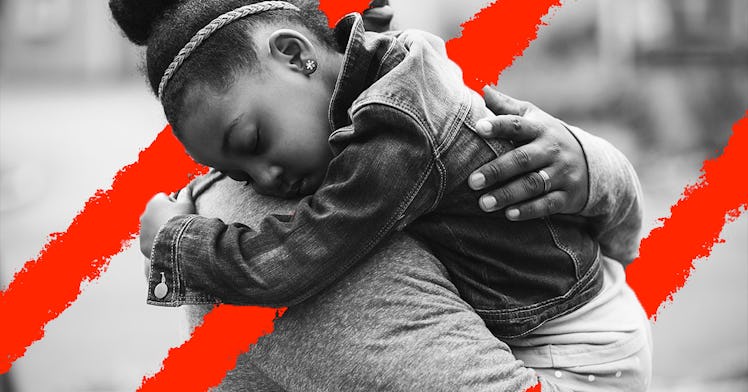Over Half of Kids in the U.S. Still Have Lead in Their Blood. No Amount is Safe.
Lead exposure at a young age can lead to developmental problems and learning difficulties.

Kids today were born decades after lead poisoning became a major public health concern in the 1970s and 80s. But still, more than half of US kids less than six years old still have detectable blood lead levels (BLLs), according to a new study in JAMA Pediatrics. No amount of lead in our blood is considered normal, the authors note, and lead poisoning can be particularly harmful to development in younger kids.
Blood samples from over one million children from across the United States were tested for the study. Of those, 50.5% had detectable levels of lead in their blood. Almost 2% of the population had BLLs over 5 μg/dL (micrograms per deciliter), the level considered elevated by the CDC. About half of one percent had levels over 10 μg/dL. But as the authors and the CDC reiterate, there is no known “safe” level for lead in our blood, which can lead to developmental issues in kids like learning problems and nervous system damage.
The results cut along geographic, racial, and economic lines. In some states, over 70% of kids had detectable BLLs, including over 80% in Nebraska and Missouri. In addition, these two states, along with Pennsylvania, Ohio, and Michigan, had the highest percentage of kids — 4.5% or more — with BLLs over 5.0 μg/dL.
Overall, zip codes with majority Black and Hispanic populations had significantly higher percentages of kids with detectable BLLs (57.6% and 56.0%, respectively) than majority-white zip codes (48.7%). Majority-Black zip codes also had significantly higher percentages of kids with levels higher than 5.0 μg/dL (2.5%) than majority-white zip codes (2.0%), with majority-Hispanic zip codes having the lowest percentage (1.1%).
Exposure also correlated with poverty — while less than 40% of kids in the richest zip codes had detectable BLLs, over 60% of kids in the poorest zip codes had detectable BLLs. Lead levels were also higher for kids on public insurance like Medicare or Medicaid than kids with private insurance, and higher for children living in zip codes with more housing built before 1950.
This finding comes as the EPA is taking steps to help contractors eliminate lead from some houses built before the 1970s, Axios reports. Despite being banned in the US in 1978, lead-based paint is still present in many older homes. And, according to an editorial published alongside the new study in JAMA Pediatrics, lead-based paint and paint dust is still the leading cause of lead exposure in children, MedPage Today notes.
In addition to lead paint, the US removed lead from gasoline, solder, and plumbing around the same time, the editorial authors say, leading to a significant decline in BLLs. While the median BLL for kids under six was a whopping 15 µg/dL between 1976 and 1980, the median level today is less than 1µg/dL.
But older, non-refurbished infrastructure is clearly still exposing kids to lead and putting them at risk. And this exposure can be avoided — with sufficient funding, cities and states can remove lead and keep children safe and some efforts are underway. The new infrastructure bill working its way through Congress allocates money for lead pipe removal, MedPage Today reports. In addition, the publication says, California recently secured hundreds of millions of dollars from lead paint producers to help ameliorate damages.
As the editorial authors note, “removal of lead paint from homes across the United States will not be inexpensive.” But, they add, doing so could lead to significant long-term health benefits — what they call a “one-time investment in the future of the US.”